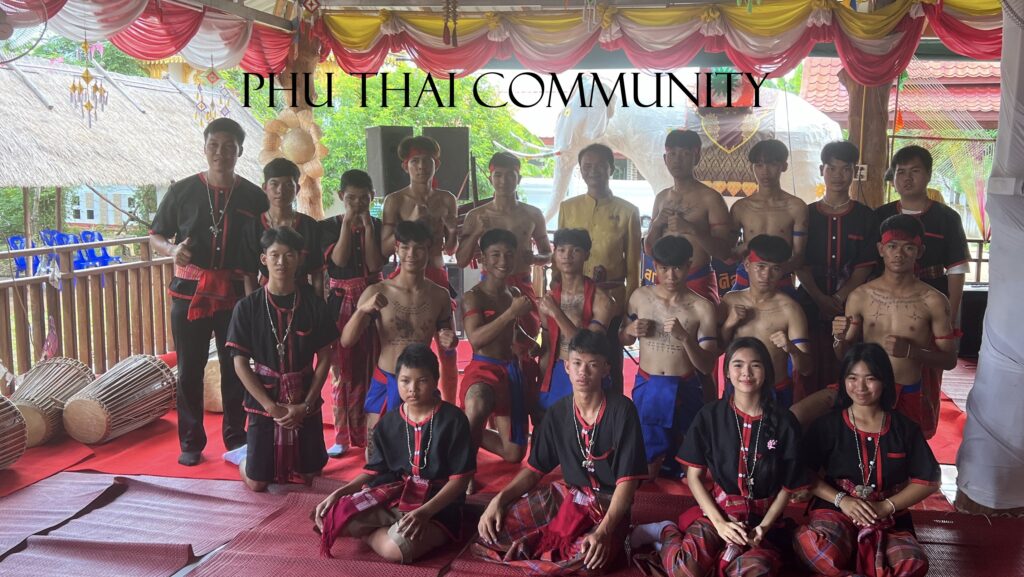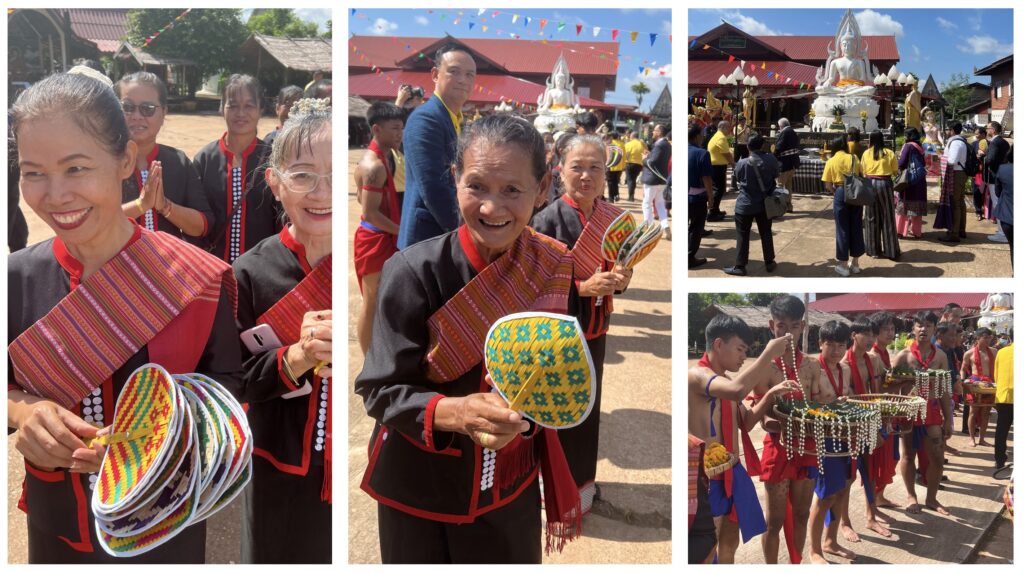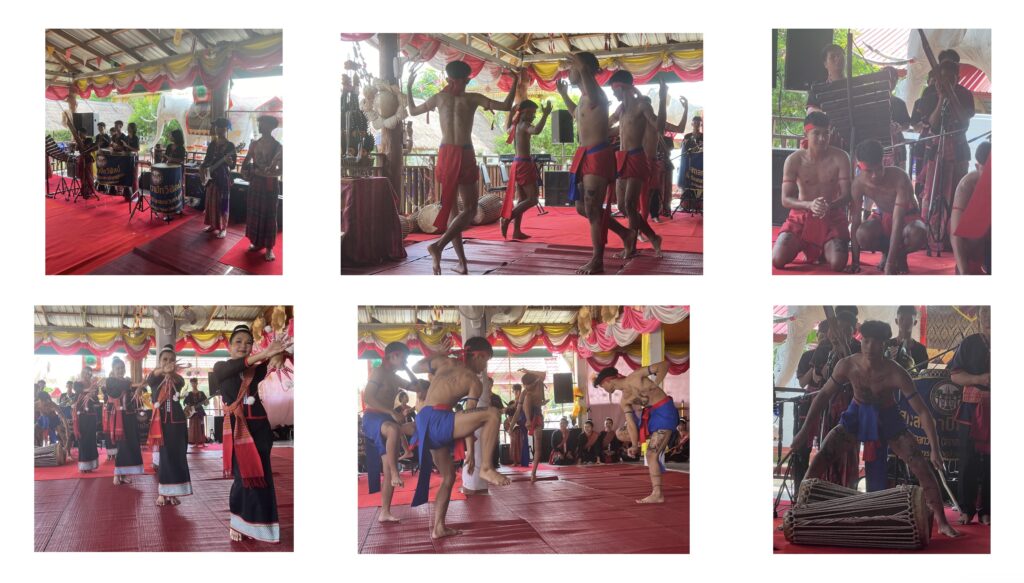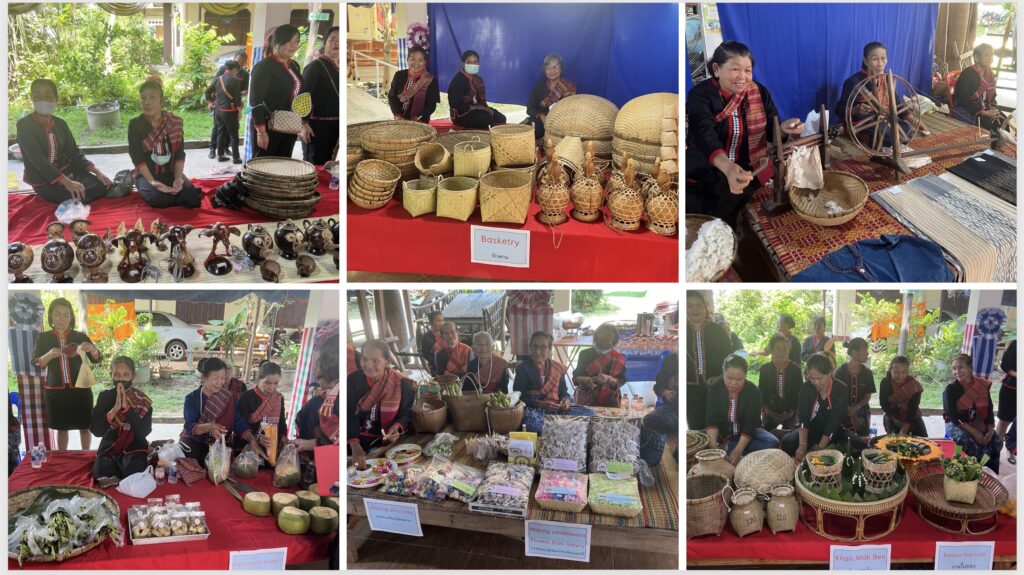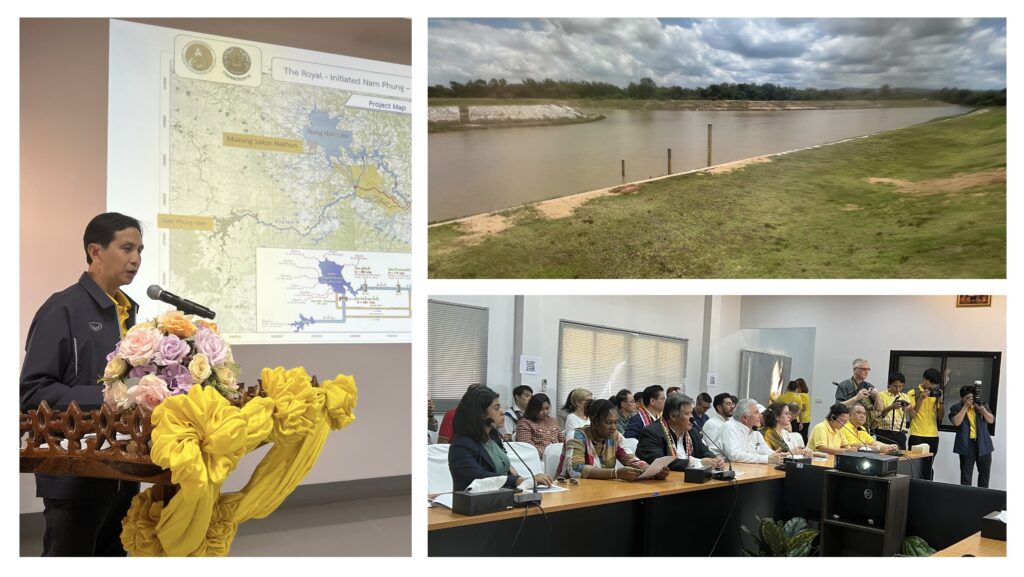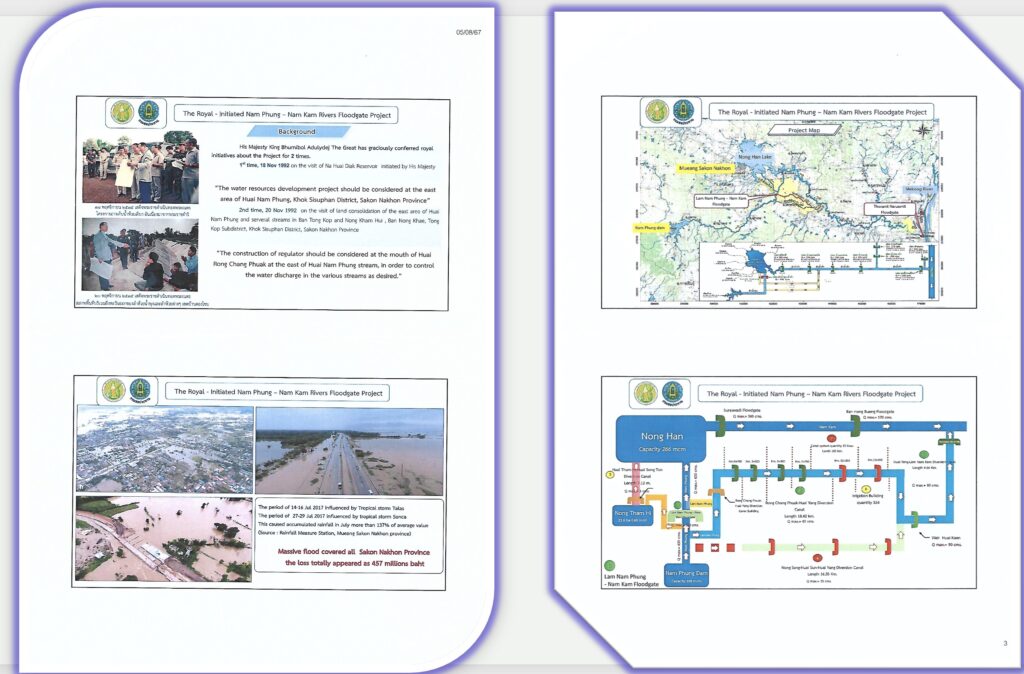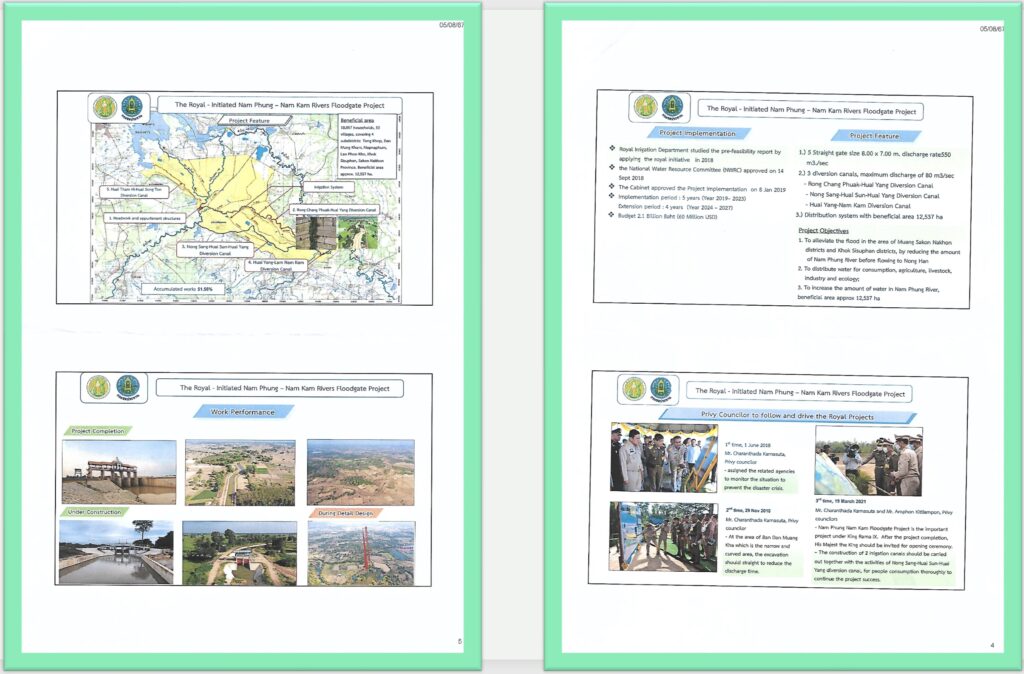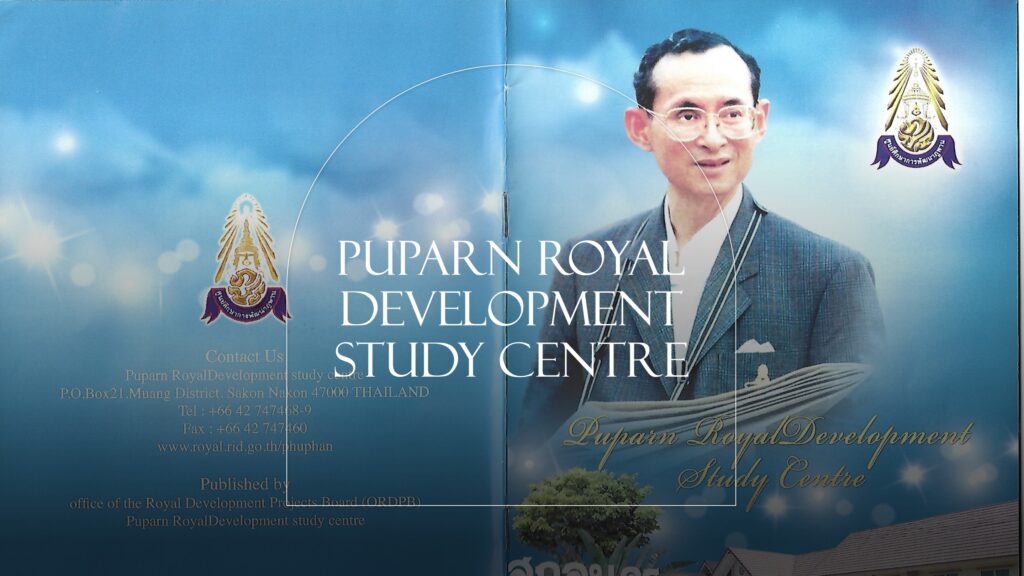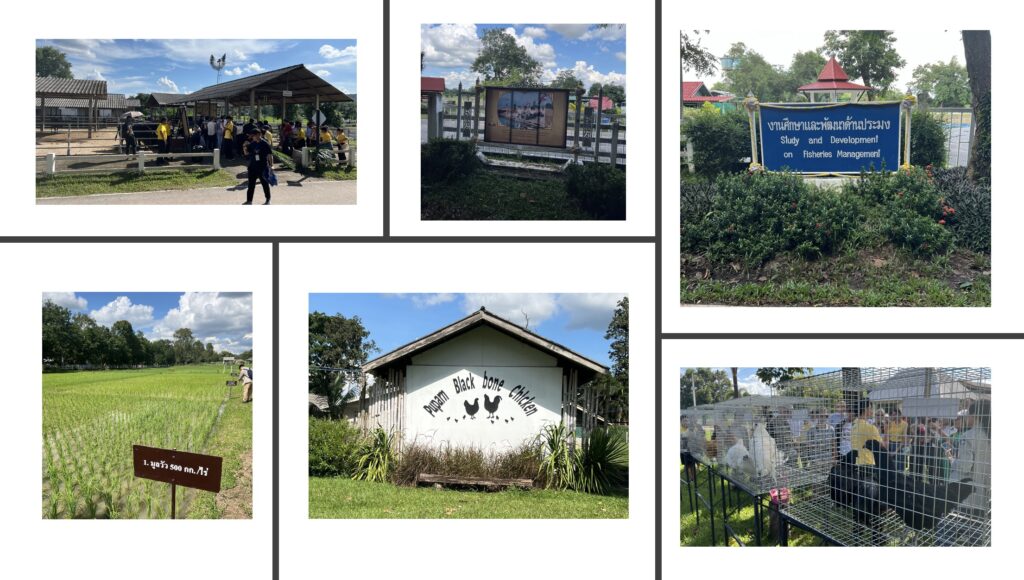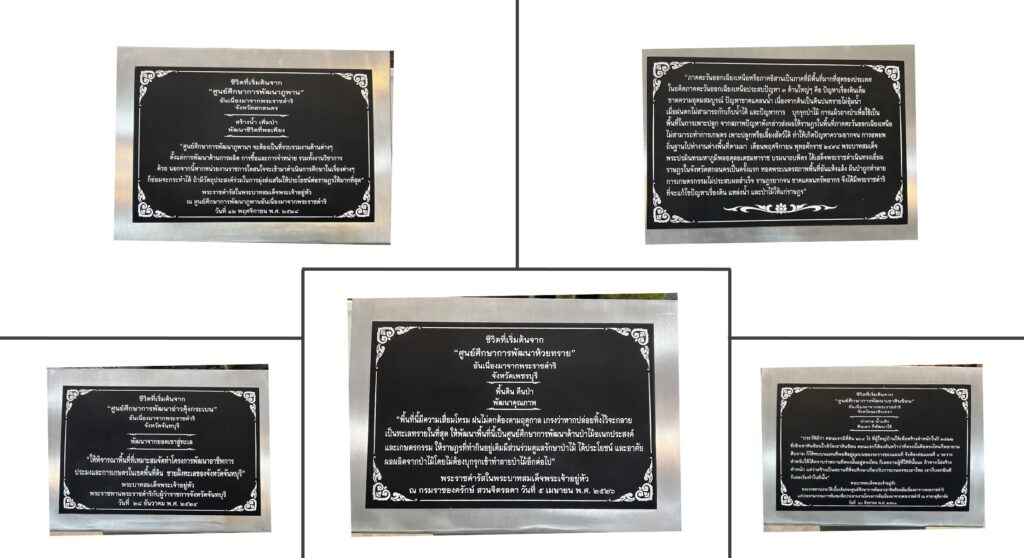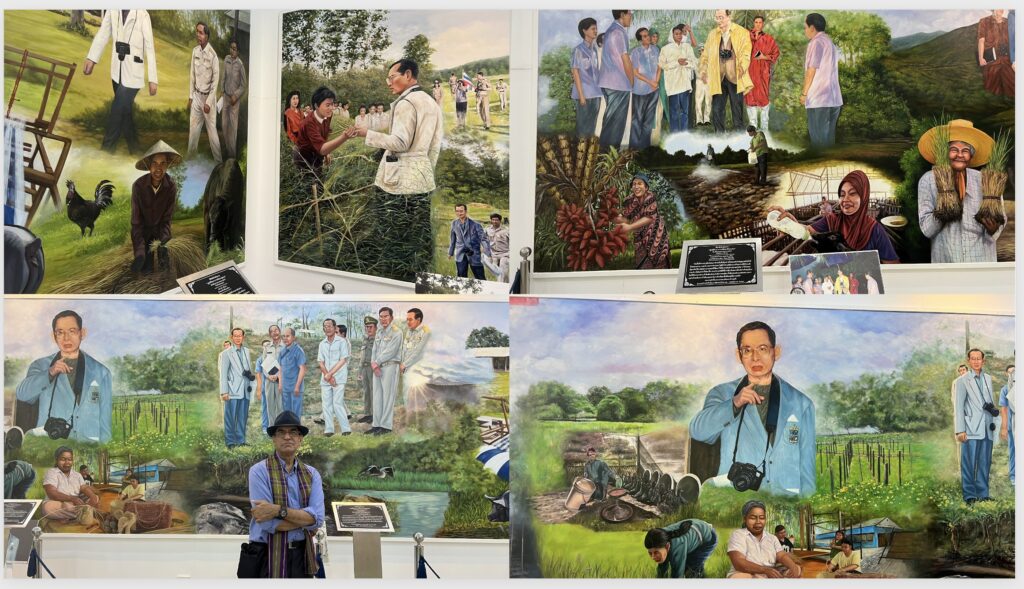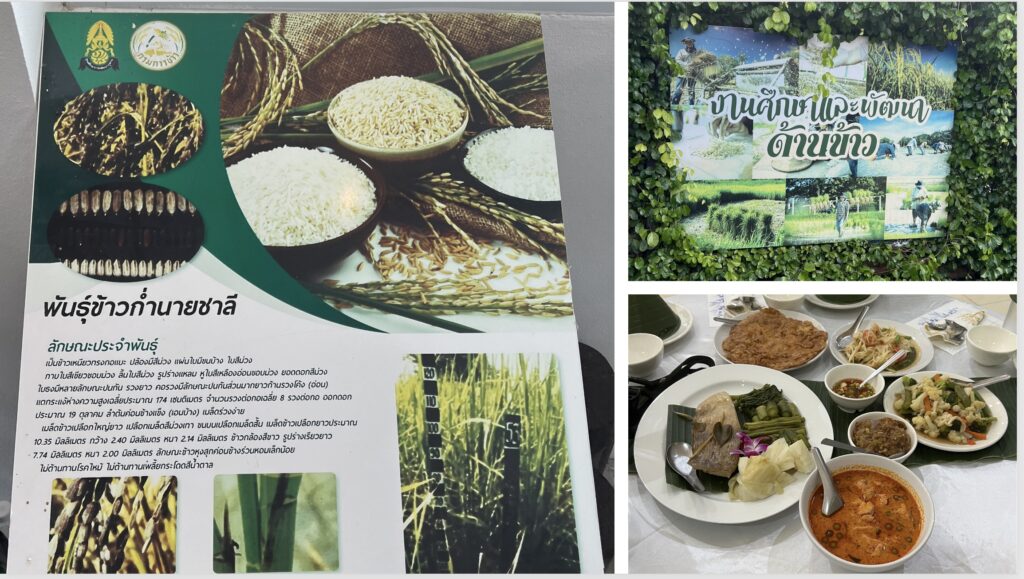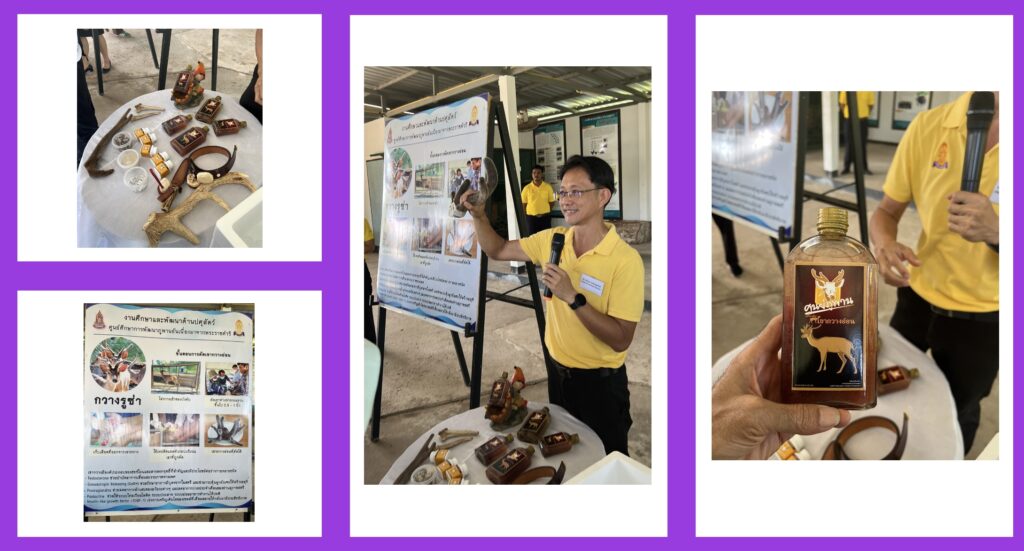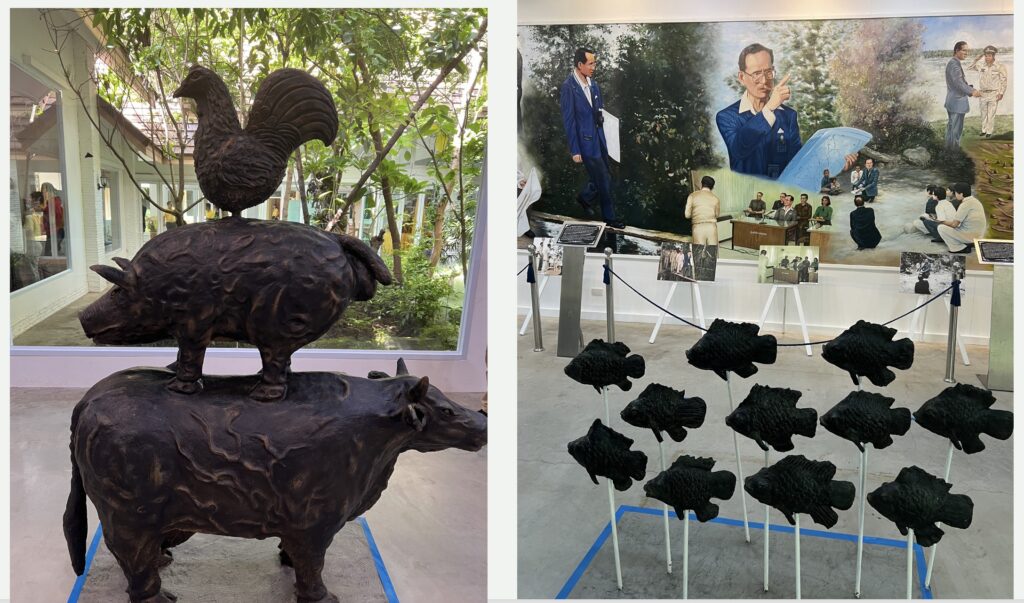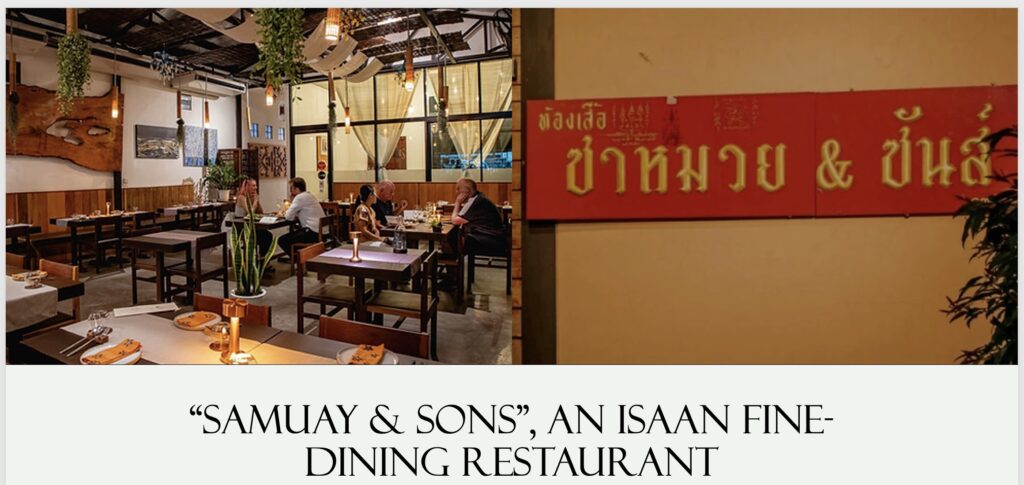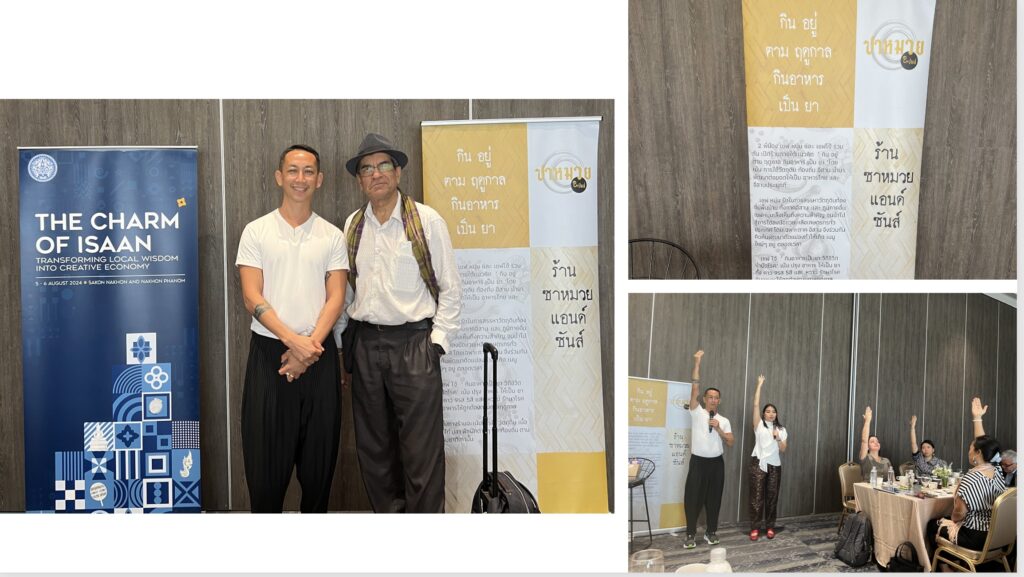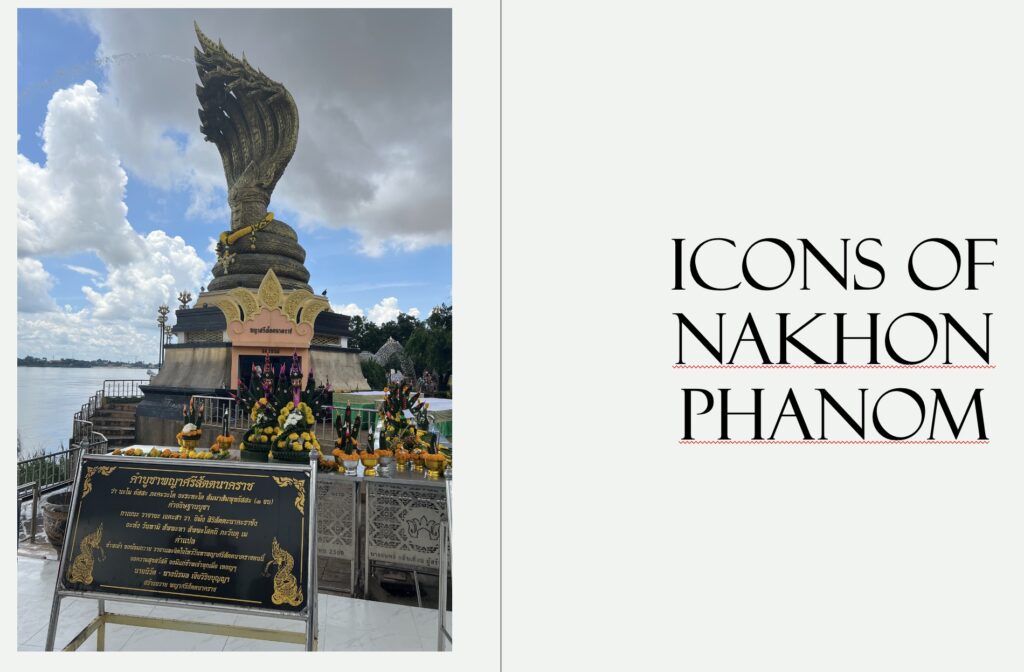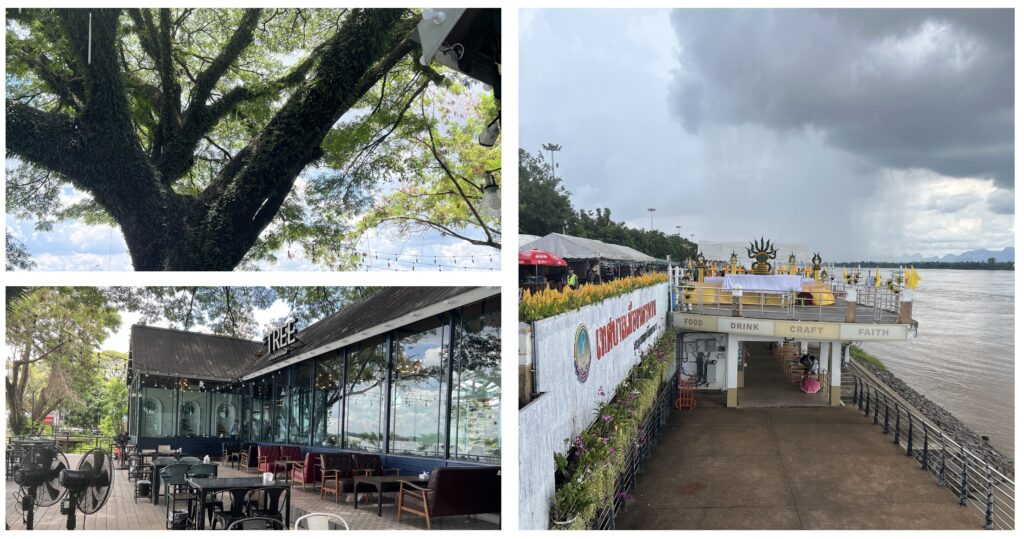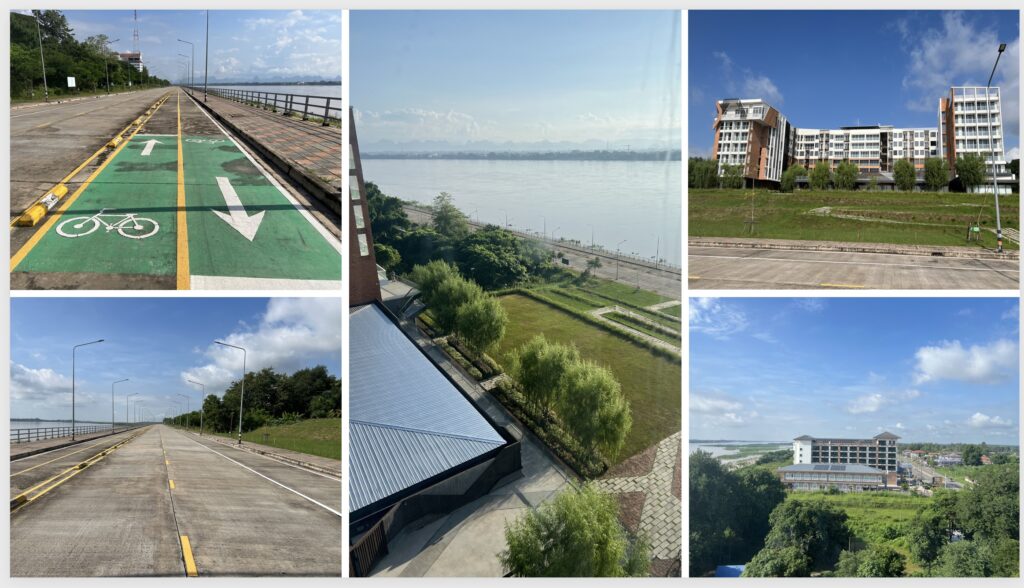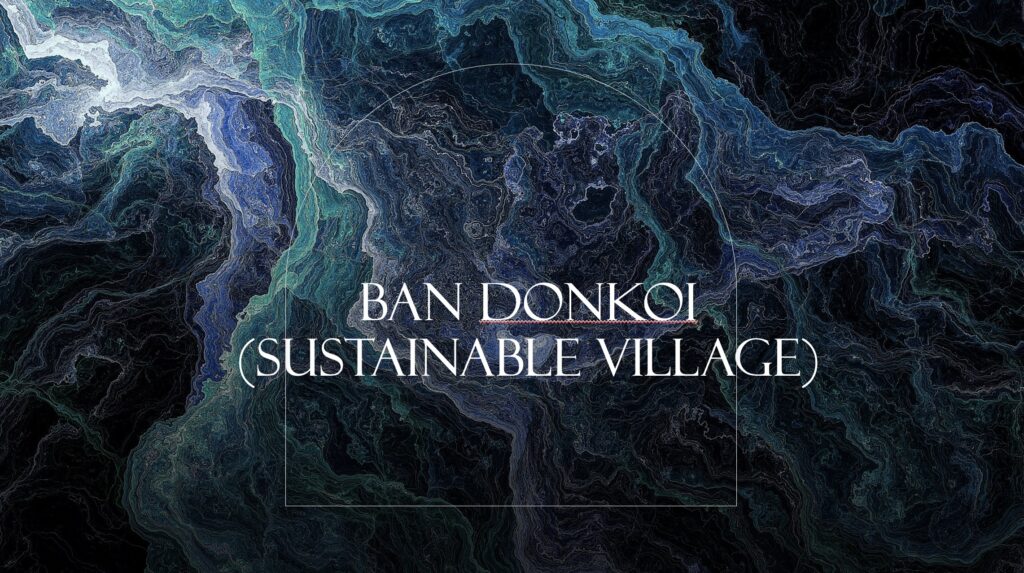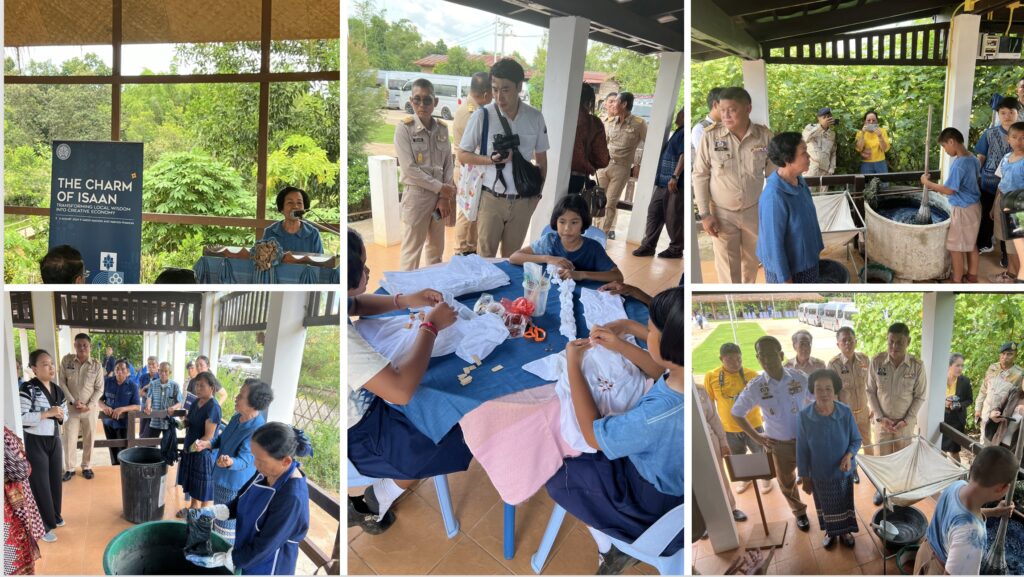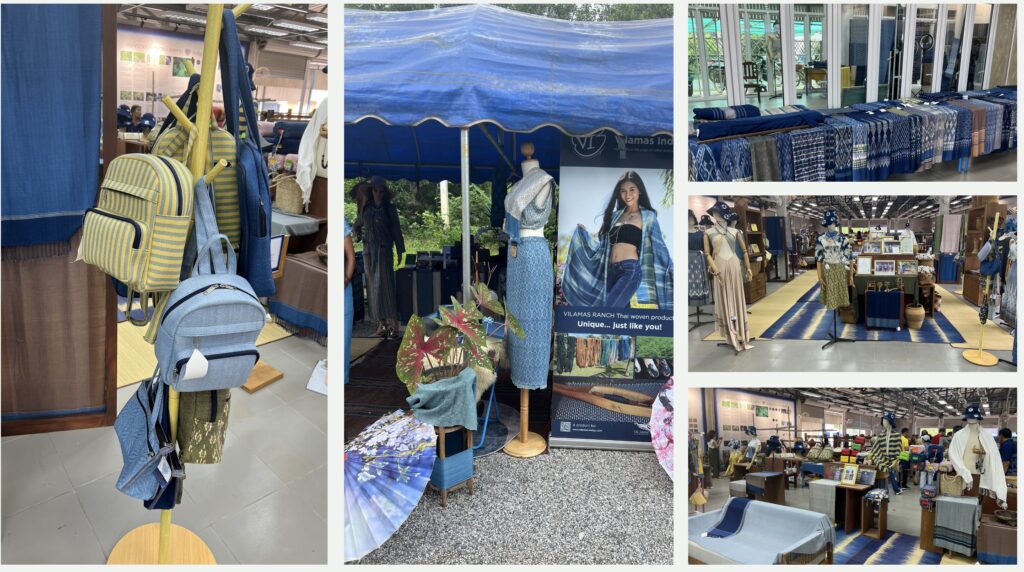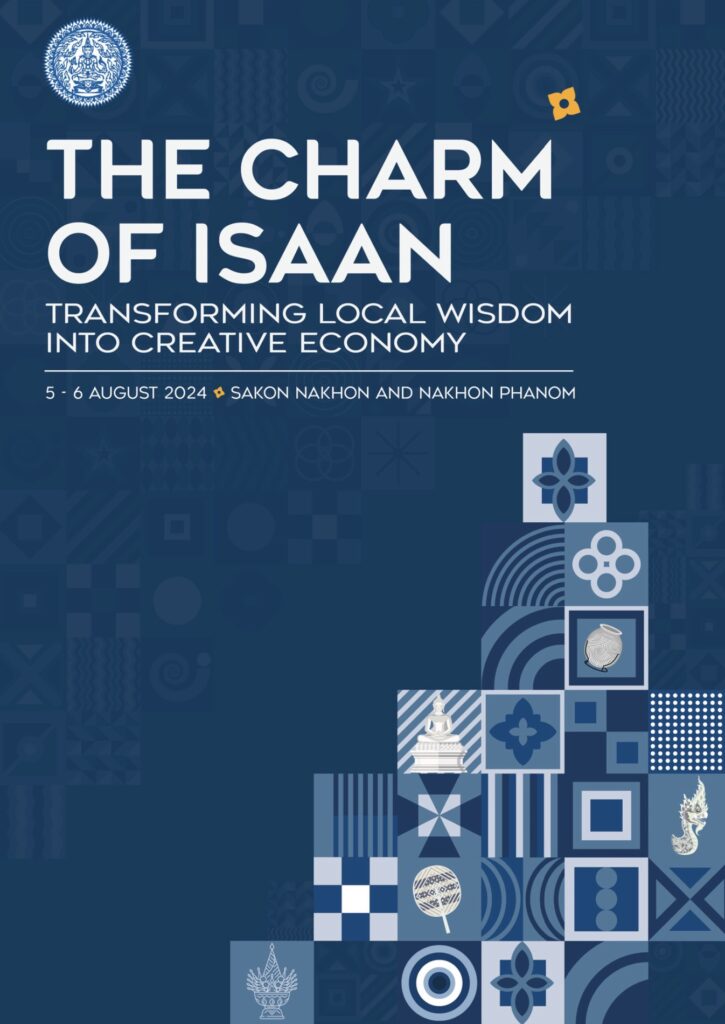20 Aug 2024
Touring Local Wisdom and Soft Power in Northeast Thailand
A study trip organised by the Ministry of Foreign Affairs for the diplomatic corps and media to Northeast Thailand in early August was appropriately themed: “The Charm of Isaan: Transforming Local Wisdom into Creative Economy.” Participants were transported back in time to an era when simplicity, carbon-neutrality, organic and herb-based food were just a normal way of life. Today, it goes by the name of “sustainability”. Which raises the questions: Why did we lose sight of it? Will it be really possible to recreate into a Creative Economy? Can Travel & Tourism contribute to that effort?
At five stops in the Northeastern Thai provinces of Sakhon Nakhon and Nakhon Phanom, the trip participants were welcomed with gleaming smiles by local hosts who appeared contented and happy. They were briefed on how His Majesty the late King Rama IX the Great, the Development King, had spearheaded efforts to deal with a cycle of droughts and floods, both pre-climate change problems caused by poverty, deforestation and conflicts. The visitors ate delicious local cuisine, saw farmlands free of pesticides and herbicides, heard about the preventive health benefits of Thai herbs, enjoyed the fresh air and witnessed gender-equal women producing amazing products from hand-woven fabrics.
A whirlwind two-day expo of Thai Soft Power at its best.
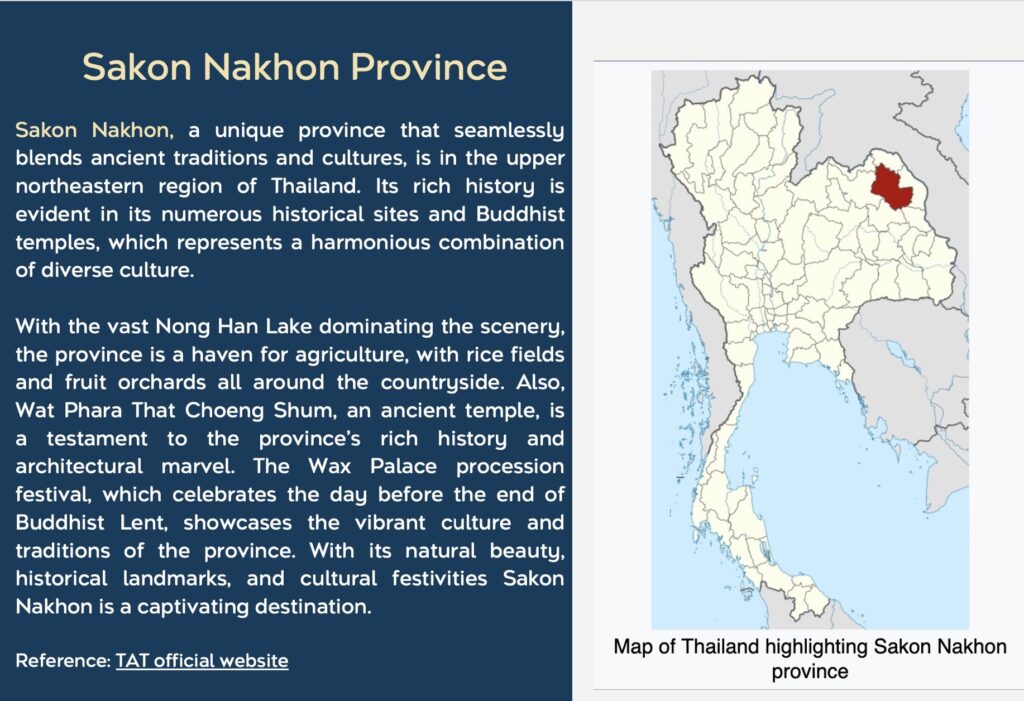

The theme and itinerary exemplified how Northeast Thailand could be a good template for actioning the Covid-era buzzwords — to restructure, rebuild and reinvent development models and convert Local Wisdom into a Creative Economy. The once impoverished, strategically-located region is now the new Eldorado. The battlefields of the 1960s and 1970s have become trading fields. The prevalence of Peace and efforts to limit the impact of natural disasters has created jobs and alleviated poverty. The region is now in hot pursuit of prosperity with a slew of new roads, airports, bridges and railways. Investors, speculators, consultants are streaming in. Business, transportation and tourism is set to boom as the region becomes a bridgehead to the landlocked hinterland of Southern China and the coastal cities of Vietnam.
However, if history is any indicator, the cycle of development and over-development risks repeating itself. Wisdom-driven sustainable development and Creative Economy could again be relegated to the fringe. This threat was more than apparent during the MFA trip. But so was a potential solution.
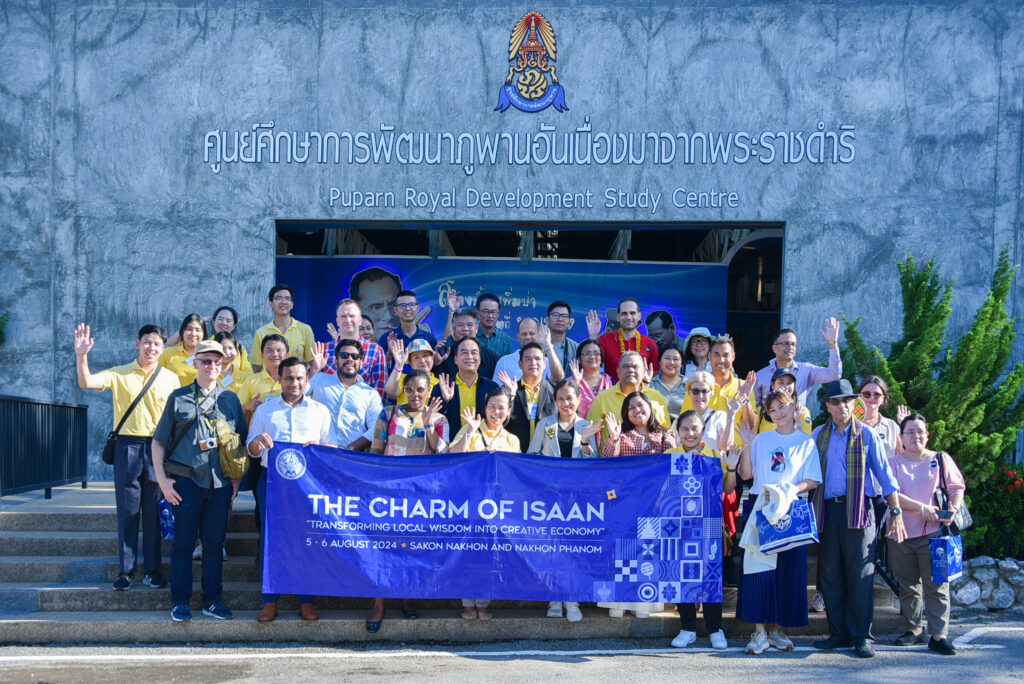
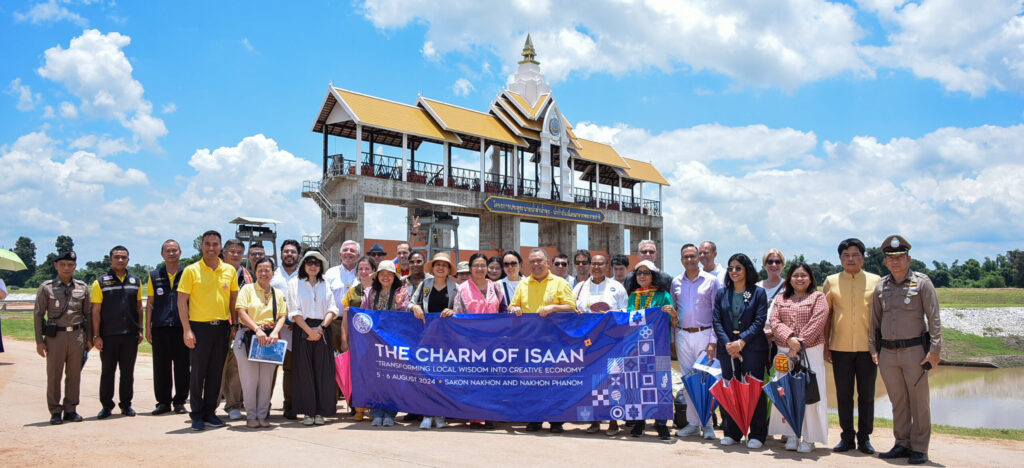
At every stop, we saw, experienced and heard many stories about how wisdom-based traditions were promoting sustainability and a creative economy at the grassroots.
At Phu Thai Community at Ban None Hom Village, we enjoyed a local music and dance performance in an open-air “auditorium” that was totally carbon-neutral, accompanied by snacks served in the traditional plant-based containers (except for one plastic water bottle).
At the Nam Pheung-Nam Kam River Basin Development Project, we heard how the late King Rama IX the Great’s guidance has critically improved water security and mitigated water-related problems for around 10,857 households and 53 villages in both the rainy and dry seasons.
At the Puparn Royal Development Study Centre, we saw large tracts of land devoted to farmland, animal husbandry and home-grown health products for everything from relieving indigestion to boosting libido.
From Chef Joe, co-owner of “Samuay & Sons”, an Isaan fine-dining restaurant, Bib Gourmand awardee in Michelin Guide 2023, we heard about how Thai herbs had combined with conventional chemotherapy to help both his parents beat cancer.
At Ban Donkoi (Sustainable Village) we saw a women-owned and -operated community project initiated by Her Royal Highness Princess Sirivannavari, grand-daughter of the late King Rama IX the Great, for weaving and creating contemporary fashion collections to revive local wisdom in fabric creation.
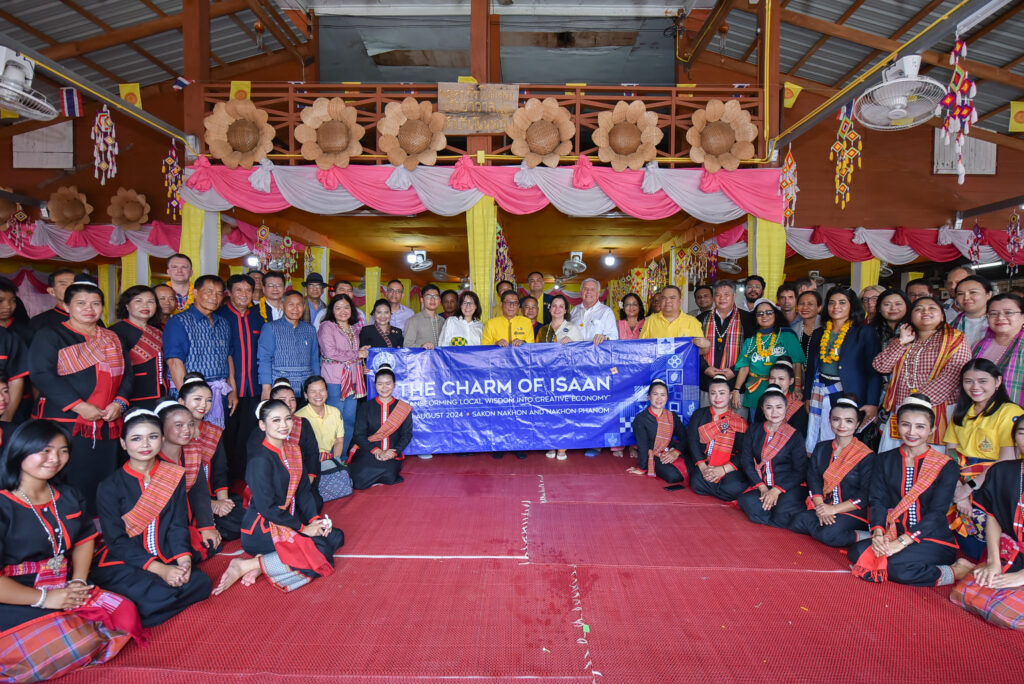
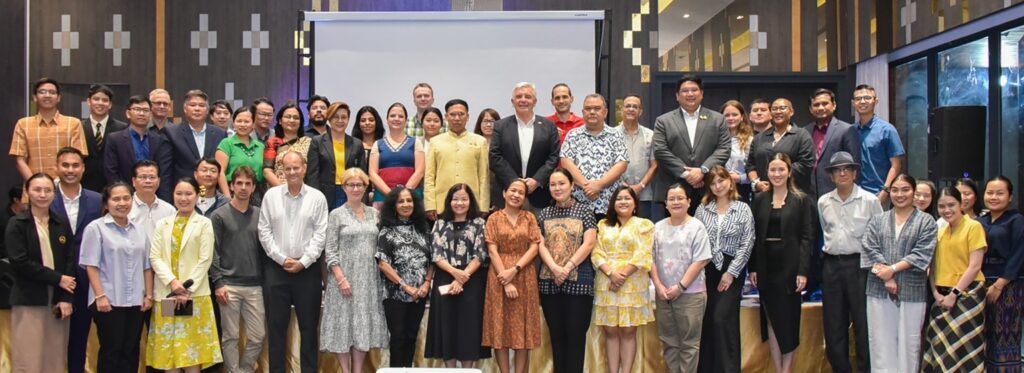
Each stop on the itinerary met several of the 17 UN Sustainable Development Goals. But how does a “Creative Economy” rooted in the wisdom-based principles of natural, cultural and environmental sustainability also become commercially sustainable?
That is the core challenge facing a region and country in transition across multiple fronts.
A number of reality-check hurdles lie ahead.
At the Phu Thai Community, the impact of ageing societies was easy to see. A number of the silver-age women I spoke to said their children were working in Bangkok, which means there is an even chance they may not return to their traditional community roots. At the Puparn Study Centre, I asked where the herbal and medicinal-based products could be purchased in Bangkok. Nobody knew. I was told they could be ordered online.
Chef Joe of Samuay & Sons admitted that his restaurant was not making money because the consumers in the upcountry provinces had not yet acquired a taste for fine dining. He said he was looking for opportunities in Bangkok or abroad. At the Donkoi Sustainable Village, the women working the handlooms are paid on a daily basis. I asked if there was any problem with alcoholism in the village. Their response: The men did imbibe but not to the extent where it posed a problem.
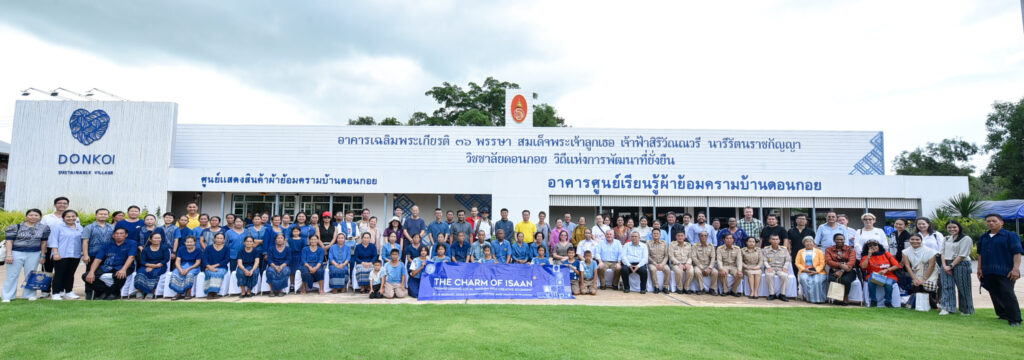
Although agriculture is the region’s economic mainstay, it is Travel & Tourism which offers considerable hope.
The Tourism Authority of Thailand has branded Nakhon Phanom a “Restination”, a destination where visitors can come to rest, literally speaking. A popular local claim is that anyone who spends one night in Nakhon Phanom adds one year to his/her life. The scenic Mekong river makes for a magnificent backdrop, especially in the monsoon season. A bicycle track runs for several kilometres along the riverbank, clearly demarcated for safety. It draws hundreds of locals before dawn and post-sunset. Hotels constructed along the riverbanks have a seven-storey height restriction to preserve the scenic ambience. Mr Satjawat Angsuseranee, GM of the Vela Dhi hotel, where the group stayed, assured me that none of the hotel’s sewage is dumped into the river.
But “development” is forging ahead. Two hospitals are coming up. They will need doctors, nurses and many more qualified personnel, not available locally. A Special Economic Zone is emerging at the foot of fourth Thai-Lao Friendship bridge, which will mean more trucks, containers and other cargo transport vehicles. All that may boost the local economy, but it will exact an ecological toll.
That is precisely why converting local wisdom into a creative economy will be a challenge. Both provinces are on the list of the 55 new destinations targetted for upgrade. Both have small airports only used for domestic flights. If they truly seek to abide by the principles of balanced, sustainable progress, they will need to establish carrying capacities and develop a new set of measurement indicators. This can be done if the regular tourism attractions are restructured along the lines of the MFA’s trip itinerary to create new thematic tours built around the low-volume, high-value concept of local wisdom, creative economy and sustainability.
The rich historical context of the region underpins that concept. Migrations by peoples in the era when it was truly a borderless world has made it a melting-pot mosaic of cultures. Next year, 2025, will mark the 50th anniversary of the end of the Vietnam War. Not many know that Ho Chi Minh, leader of the Vietnamese triumph over the formidable U.S. military, lived and formulated his resistance strategy from a house in Nakhon Phanom. His carefully-maintained residence could become a magnet for history buffs for study tours and conferences to analyse the lessons learnt by the Mekong countries over the last 50 years.
Perhaps the most serious looming challenge is the future of the royally initiated projects nationwide. With the Thai Royal Family itself undergoing a demographic transition, how these projects will be financed and operated will certainly occupy a lot of discussion space on Thailand’s future agenda. The projects’ role in nation-building is indisputable. Sadly, their valuable lessons have gone largely unheeded within Thailand itself. Truly sustainable concepts like HM King Rama IX the Great’s Sufficiency Economy Philosophy are considered little more than abstract theories.
It’s not yet too late. In the midst of the ongoing frenetic of pace of change, these emerging provinces show that old ways of life and traditions still have enduring value. Awareness is growing, and there is still time to change course. The theme and content of the MFA trip, “The Charm of Isaan: Transforming Local Wisdom into Creative Economy” offered exactly such a roadmap. The Travel & Tourism industry can be very much a part of the solution if it resets its own mindset.
The following images taken by me reflect the points I made above.
